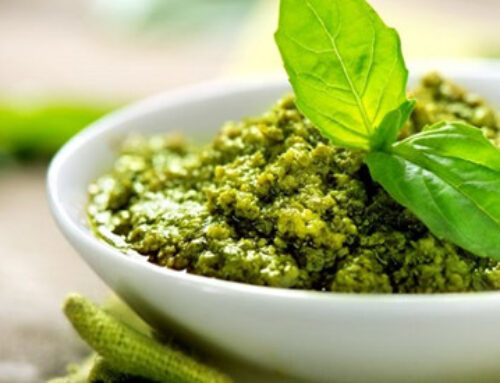Bone broth is one of the healthiest foods you can consume. In today’s world, soup is rarely, if ever, made from real bone broth. The art of making delicious soup can be transformed by making your stock from the actual parts of the animal most people don’t want to consume. If cooking skills are measured in taste, you’ll take your cooking skills to a whole new level.
Decades ago it became so much easier to plop a couple cubes of instant bouillon into a glass of hot water than to take the time to make genuine broth. The payoff is worth the little extra time (and not much extra effort!) it takes to make the broth from scratch. Bouillon cubes are just an invention of a food lab, high in flavor chemicals like MSG, and unhealthy in every way!
There are many reasons why it is a good idea to make your own nutritious broth from scratch. First, bones are full of minerals, and as you slow-cook the bones, minerals—calcium, magnesium, phosphorus, potassium, sulfur, and others—are extracted from the bones and released into the broth, which you consume. These minerals are highly absorbable in this form.
Bone broth is also very high in gelatin. Gelatin is good for many processes in our body. Do you remember your mother drinking Knox gelatin for stronger fingernails? The gelatin in homemade broth makes protein go much further, so you don’t need as much to get the same nutritional support. Gelatin heals the gut from inflammation, decreases allergies, and helps with respiratory issues. Gelatinous bone broth can help heal peptic ulcers, reverse bone problems, and help to stabilize blood sugar when done in association with diet change.
Bone broth is high in many other nutrients, including the amino acids glycine and proline. Proline is good for cardiovascular health and helps with joint and tissue problems. Glycine is good for liver detoxification. Unfortunately, many of us are deficient in glycine and proline.
Additionally, bone broth is high in hyaluronic acid. Hyaluronic acid and vitamin C are two major components needed to make collagen, the major structural protein in a person’s skin. I think bone broth really helps keep your skin from giving your age away. Of course, it is also great for repairing joints and reducing inflammation from arthritis.
Don’t forget, poultry carcasses make the very best chicken soup. After you have roasted your chicken and consumed the meat, take the carcass and simmer it for about 20 to 24 hours on low heat, strain through a fine mesh sieve, and enjoy the resulting broth (with some sea salt and herbs) that is beyond compare. You will never eat another canned soup again, guaranteed!
You will know the quality of your broth by its thickness when it is cold. After you have made your broth, allow it to cool in the fridge, and if it is thick and jellylike, you’ve got a high-quality, extremely healthy and nutritious food. This is the stuff delicious soups and healthy bodies are made of!
Recipe for (Beef) Bone Broth
Take 2-3 pounds of beef bones (always grass-fed) and put them into a large crock pot (Try for bones with some meat, fat, and if you can find it, some cartilage on them).
Cover with good filtered water.
Add 1/4 – 1/2 cup of apple cider vinegar, and add a good amount of healthy sea salt or Real Salt®.
Allow mixture to sit for about an hour (note: the cider vinegar pulls the minerals out of the bones).
Turn the crock pot on high heat and bring it to a boil.
Once it is boiling, skim the foam off the top and discard, then turn the crock pot to low heat and allow it to simmer for the next 72 hours, watching to make sure it does not simmer dry; adding more water as necessary. Try to get as close to 72 hours of simmering as possible without going longer.
The last step is to take the larger bones out of the crock pot and set them aside while you strain the broth through a fine mesh sieve (so the marrow is not removed from the broth when it’s strained). Use a small utensil (I use a chopstick) to remove the marrow from the larger bones, and add it back into the broth after it has been strained. This marrow is very nutritious and you don’t want to strain it out. The bones should be soft. You can discard the bones or feed them to your dog!
I store my broth in freezer bags for when it’s needed for soups, or just for sipping.
As a last note, PLEASE do not skim off all the fat— it is incredibly important for your good health. I know what conventional wisdom says, and conventional wisdom is wrong! We need this fat to heal our poor, sick bodies and to maintain our good health.










